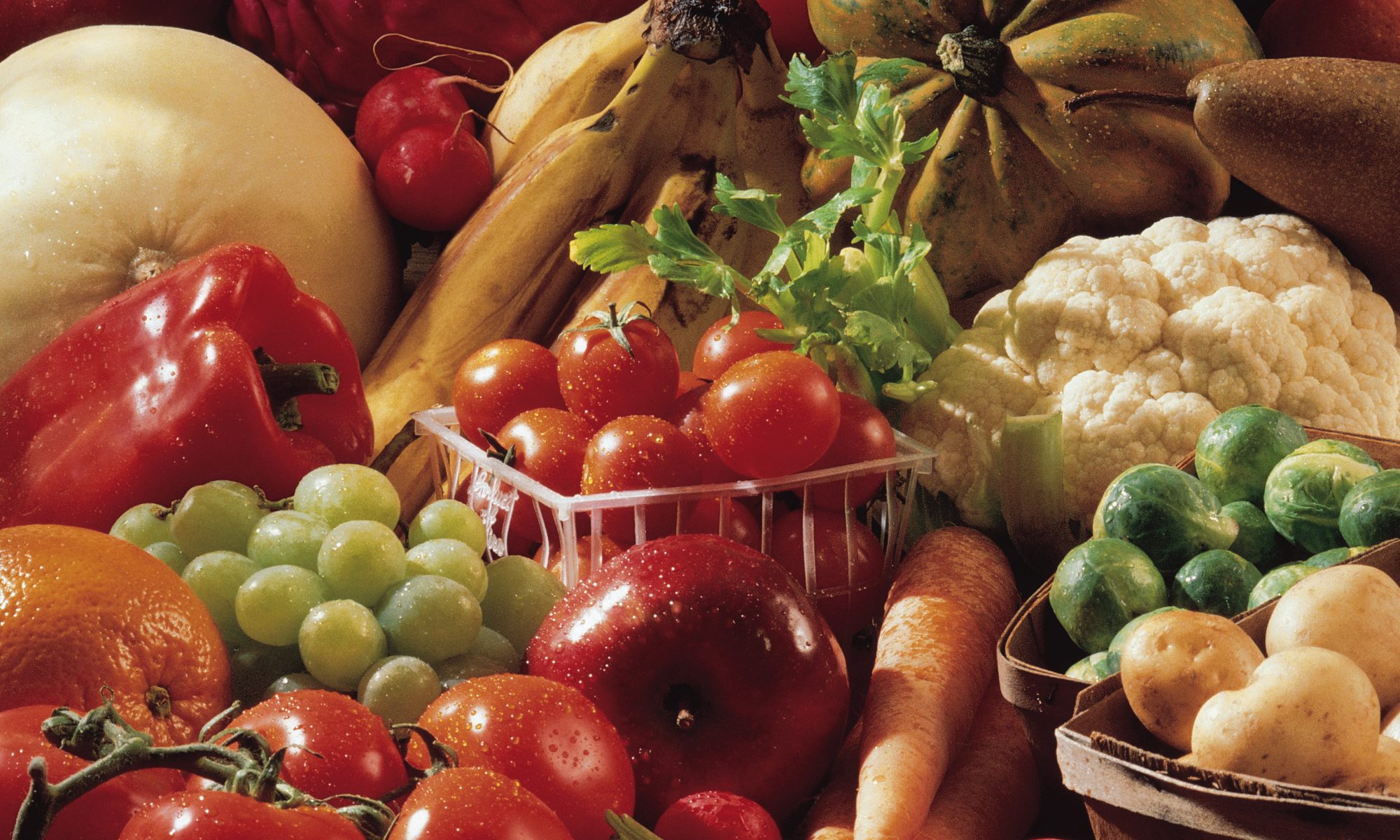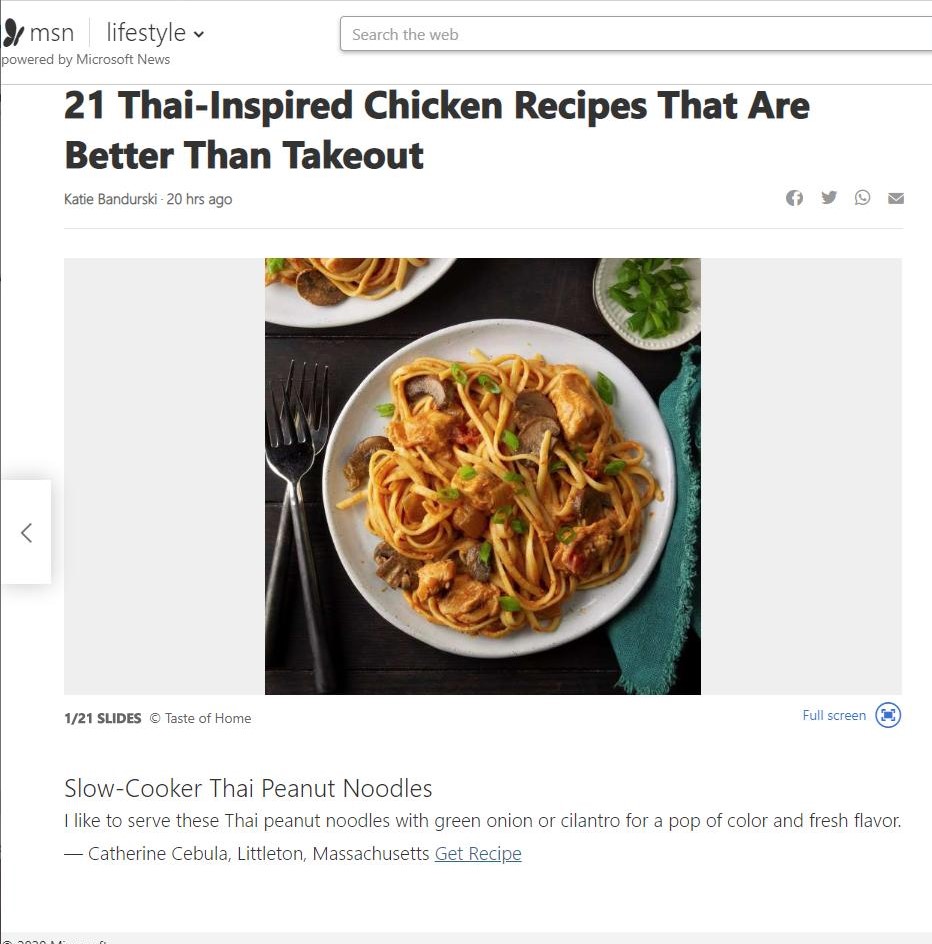71 million Americans gained weight during the year 2020 as a result of the pandemic.[1] Due to lockdowns, 63% of Americans have experienced difficulties engaging in fitness habits, such as regularly scheduled walks outdoors and frequenting gyms.
Not only are two-fifths (41%) of Americans not able to fit into their favorite clothes, half of the people who have gained weight do not feel good about their health (50%) or their appearance (53%), since the pandemic began.[1]
Close to half (47%) of Americans who gained weight admit their self-esteem has decreased since March 2020. Others find themselves feeling less motivated (50%), more stressed (41%), sad (36%) or anxious (33%) more often.[1]. All of these emotions can trigger stress eating.
Emotional eating does have a biological basis: in response to stress, the body releases cortisol – which can cause us to crave fatty and salty foods, as well as sugary treats. Grabbing fat-laden, carb-dense foods packs on the pounds.
Channel the emotional response to stress by engaging in culinary creativity. Rediscover The Lost Art of the Homemade Meal. Some advantages of doing so include:
~ Control calories: The maximum recommended daily caloric intake for women is 2400 calories, for men it is 3000 calories. There can be upwards of 1,800 calories in a single fast-food order for one person.[2]
~ Quality ingredients: As compared to homemade, restaurant-prepared meals typically contain higher amounts of sodium, saturated fat, total fat, and added sugar.
~ Save money and time: A group of ingredients for a dish often can be purchased at well below the price for the same dish as-prepared by a restaurant. The price differential also means that you can scale-up on a recipe, to make it once and serve it twice or more.
~ Togetherness: Involve the kids and your partner in meal preparation, which then becomes an opportunity to strengthen emotional bonds.
Informative resources, such as the Health Is How You MAAKE It™ book series, can be invaluable assets to inspire your culinary creativity and satisfy a hungry at-home family.
[1] “New Survey Finds 71 Million Americans Have Gained Weight Throughout the Pandemic,” Gelesis.com; via PRNewswire, https://www.prnewswire.com/news-releases/new-survey-finds-71-million-americans-have-gained-weight-throughout-the-pandemic-301193000.html
[2] “7 Ways Home Cooking Beats Ordering Takeout,” Healthline,.com, Oct. 12, 2017; https://www.healthline.com/health/food-nutrition/home-cooking-versus-takeout#1.-It-gives-you-a-chance-to-reconnect-













